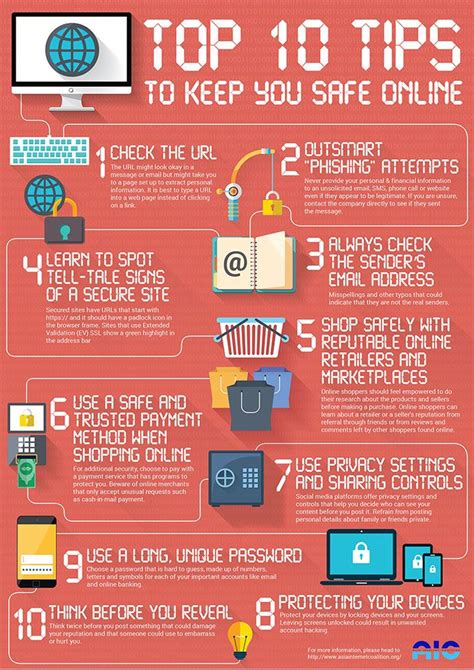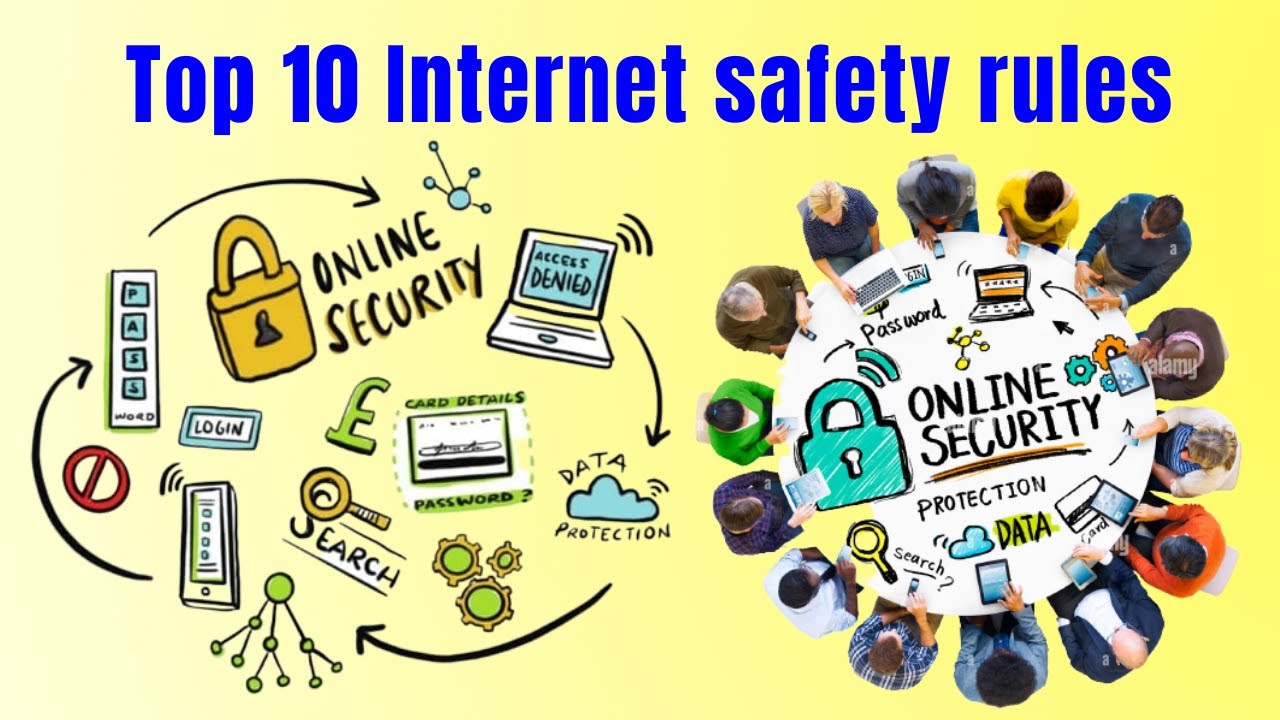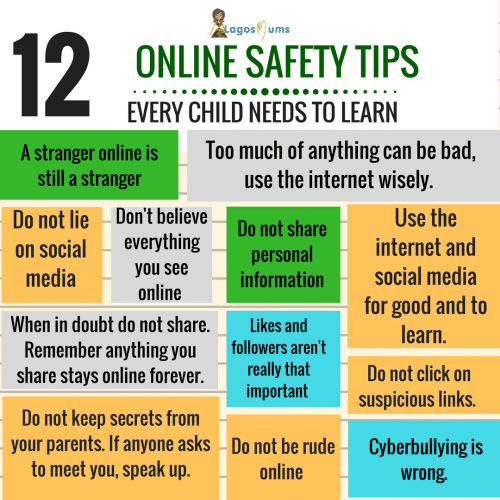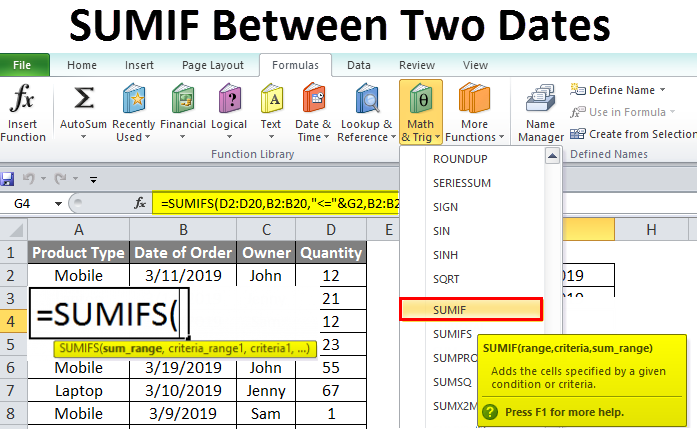10 Tips to Stay Safe Online

In today's digital age, ensuring online safety is more crucial than ever. With the ever-evolving landscape of technology, protecting ourselves from cyber threats and maintaining privacy has become a priority. This comprehensive guide will provide you with 10 essential tips to enhance your online security, empowering you to navigate the digital world with confidence and peace of mind.
1. Secure Your Passwords: The First Line of Defense

Passwords are the keys to our digital kingdom, and it’s essential to treat them with utmost care. Here’s how to strengthen your password security:
- Create Complex Passwords: Aim for a mix of uppercase and lowercase letters, numbers, and special characters. The longer and more random, the better.
- Use a Password Manager: Consider using a reputable password manager to generate and store unique passwords for each account. This ensures you don’t have to remember them all.
- Enable Two-Factor Authentication (2FA): Adding an extra layer of security, 2FA requires a code from your phone or a physical token, making it harder for unauthorized access.
Real-World Example: Password Security in Action
Imagine you have an online banking account. By setting a strong password with a combination of characters and enabling 2FA, you significantly reduce the risk of unauthorized access. This simple step can prevent potential financial loss and identity theft.
| Password Strength | Security Level |
|---|---|
| Simple Passwords (e.g., "password123") | Low Security |
| Complex Passwords (e.g., "R@nd0mP@ssw0rd!") | High Security |

2. Stay Informed: The Importance of Awareness

Knowledge is power when it comes to online safety. Staying informed about the latest threats and security practices is crucial. Here’s how:
- Follow Trusted Sources: Stay updated with reliable cybersecurity news and blogs. Websites like NIST, FBI, and CISCO offer valuable insights.
- Understand Common Threats: Familiarize yourself with phishing, malware, ransomware, and other cyber attacks. Knowing the signs can help you identify and avoid potential risks.
- Attend Security Awareness Training: Many organizations offer training programs to educate employees about online safety. Take advantage of these resources to enhance your knowledge.
Awareness in Action: Phishing Scams
Phishing is a common tactic used by cybercriminals to trick individuals into revealing sensitive information. By staying informed, you can recognize suspicious emails, links, or messages, reducing the chances of falling victim to these scams.
3. Secure Your Devices: Protecting the Gateways
Your devices are the gateways to your digital world, so ensuring their security is vital. Here’s what you can do:
- Keep Software Updated: Regularly update your operating system, web browsers, and applications. Updates often include security patches that fix vulnerabilities.
- Use Antivirus Software: Install reputable antivirus software to detect and remove malware. Ensure it’s regularly updated to catch the latest threats.
- Enable Firewall Protection: Firewalls act as a barrier between your device and potential threats. Make sure your firewall is enabled to block unauthorized access.
Device Security Best Practices
Consider these additional measures:
- Enable Automatic Updates: Automate software updates to ensure you don’t miss any critical patches.
- Regularly Back Up Your Data: Create backups of important files to protect against data loss due to malware or hardware failure.
4. Practice Safe Browsing: Navigating the Web Securely
Browsing the internet is an essential part of our daily lives, but it comes with risks. Follow these practices for safer browsing:
- Use Secure Connections: Opt for HTTPS websites, indicated by a padlock icon in the address bar. These sites encrypt your data, protecting it from interception.
- Avoid Public Wi-Fi: Public networks are often unsecured, making your data vulnerable. If you must use them, consider using a VPN (Virtual Private Network) for added security.
- Be Cautious with Downloads: Only download files from trusted sources. Scan all downloads with antivirus software before opening.
Safe Browsing Tips
- Keep Your Browser Up-to-Date: Regular updates ensure you have the latest security features.
- Use Ad Blockers: Ad blockers can prevent malicious ads from infecting your device.
5. Protect Your Privacy: Managing Your Digital Footprint

Your online privacy is valuable, and protecting it is essential. Here’s how to take control:
- Review Privacy Settings: Regularly check and adjust the privacy settings on your social media accounts, email services, and devices. Limit the data you share.
- Be Selective with Personal Information: Think twice before sharing personal details online. Only provide necessary information to trusted sources.
- Use Privacy-Focused Tools: Consider using privacy-oriented search engines and browsers to minimize data tracking.
Privacy-Focused Tools and Services
- Search Engines: Try alternatives like DuckDuckGo or Startpage, which don’t track your searches.
- Browsers: Brave and Tor Browser offer enhanced privacy features.
6. Secure Your Email: The Gateway to Your Digital Life
Email is a common entry point for cyber attacks. Here’s how to protect it:
- Use Strong Email Passwords: As with other accounts, ensure your email password is complex and unique.
- Enable Email Encryption: Consider using encryption tools to secure sensitive emails. This prevents unauthorized access to their content.
- Beware of Email Scams: Be cautious of unexpected emails, especially those requesting personal information or containing suspicious links.
Email Security Best Practices
- Use Email Filtering: Set up filters to automatically sort and prioritize your emails, reducing the risk of missing important messages.
- Enable Email Authentication: Technologies like SPF, DKIM, and DMARC help verify the authenticity of incoming emails, reducing the chances of phishing attacks.
7. Secure Your Social Media Presence: Managing Online Identity
Social media platforms are popular targets for cybercriminals. Here’s how to protect your online identity:
- Review Privacy Settings: Regularly check and adjust privacy settings on social media platforms. Limit the visibility of your personal information.
- Be Cautious with Friend Requests: Don’t accept friend requests from unknown individuals. This reduces the risk of unauthorized access to your profile.
- Avoid Oversharing: Be mindful of what you share online. Avoid posting sensitive information like your address, phone number, or financial details.
Social Media Privacy Tips
- Use Privacy Checkers: Many social media platforms offer privacy checkers to help you identify and fix potential privacy issues.
- Limit Location Sharing: Disable location sharing on social media posts to maintain your privacy.
8. Protect Your Financial Information: Securing Online Transactions
Online transactions are convenient but come with risks. Here’s how to keep your financial data secure:
- Use Secure Payment Methods: Opt for reputable payment gateways and secure payment methods like credit cards or digital wallets with built-in security features.
- Monitor Your Accounts: Regularly check your bank and credit card statements for any unauthorized transactions. Report any suspicious activity immediately.
- Be Wary of Phishing Attempts: Never provide financial details in response to unsolicited emails or messages. Verify the authenticity of the request before sharing sensitive information.
Secure Payment Practices
- Use Virtual Credit Cards: Many banks offer virtual credit cards for online transactions, adding an extra layer of security.
- Enable Fraud Alerts: Set up fraud alerts with your financial institutions to receive notifications for suspicious activities.
9. Educate Your Children: Online Safety for the Young
Teaching online safety to children is crucial in today’s digital age. Here’s how to ensure their well-being:
- Set Parental Controls: Use parental control software to limit access to inappropriate content and websites. Monitor their online activities to ensure a safe environment.
- Teach Online Etiquette: Educate children about responsible online behavior, including the importance of privacy, avoiding strangers, and not sharing personal information.
- Promote Digital Citizenship: Encourage children to be respectful and kind online, just as they would in real life. Teach them about the potential consequences of their online actions.
Online Safety Resources for Parents
- Common Sense Media: Offers age-appropriate reviews and ratings for apps, games, and websites, helping parents make informed decisions.
- NetSmartz: Provides educational resources and activities to teach children about online safety and responsible digital behavior.
10. Stay Vigilant: Ongoing Security Practices
Online security is an ongoing process. Here’s how to maintain your vigilance:
- Regularly Update Security Measures: Keep your security practices up-to-date. Review and adjust your security settings as new threats emerge.
- Back Up Your Data: Regularly back up important files and data to prevent loss in case of a security breach or device failure.
- Report Suspicious Activities: If you encounter any suspicious activities or potential threats, report them to the appropriate authorities or security teams.
Vigilance in Action
Staying vigilant means being proactive. Regularly scan your devices for malware, keep an eye out for unusual activities, and seek professional help if needed. Remember, staying safe online is a continuous journey.
What is the best way to create a strong password?
+To create a strong password, consider using a password generator tool or creating a unique passphrase. Combine uppercase and lowercase letters, numbers, and special characters. Avoid using personal information or common words. Regularly update your passwords and enable two-factor authentication for added security.
How can I recognize phishing attempts?
+Phishing attempts often come in the form of suspicious emails, messages, or websites. Look for red flags like spelling errors, urgent or threatening language, and requests for personal information. Always verify the authenticity of the sender or website before providing any sensitive details.
What is the importance of regular software updates?
+Regular software updates are crucial as they often include security patches that fix vulnerabilities. By keeping your software up-to-date, you reduce the risk of cyber attacks exploiting known weaknesses. Enable automatic updates whenever possible to ensure you always have the latest security features.



